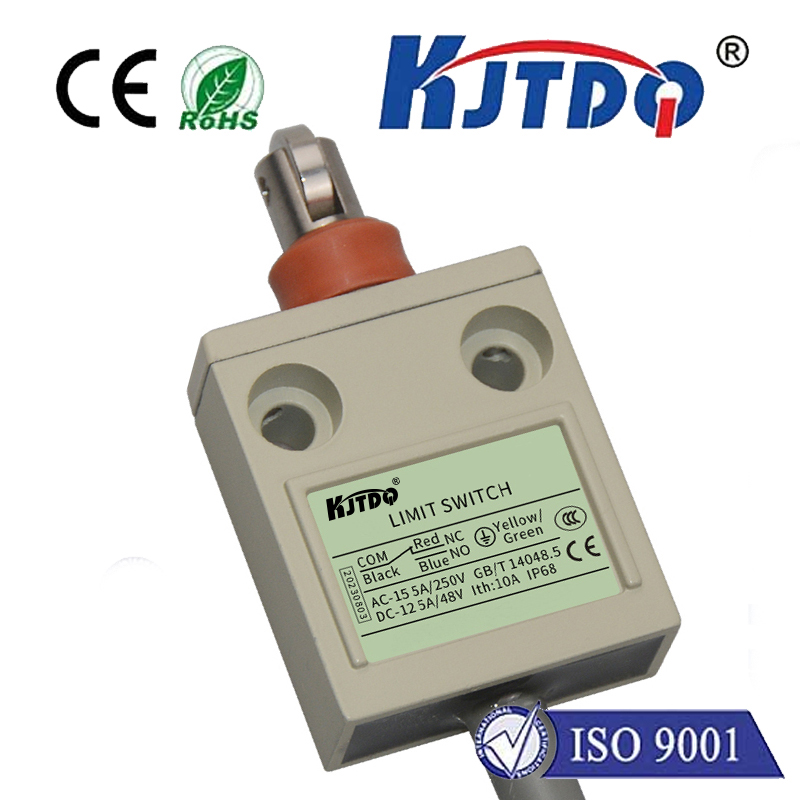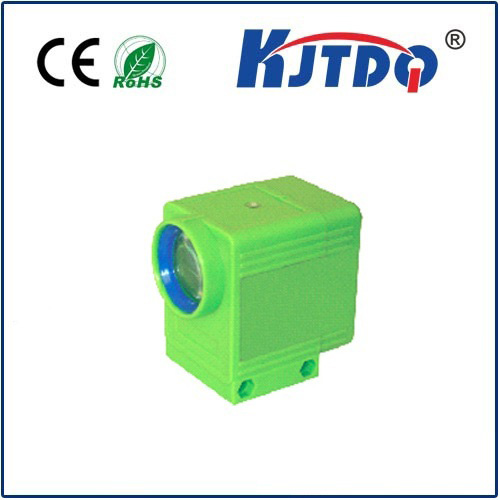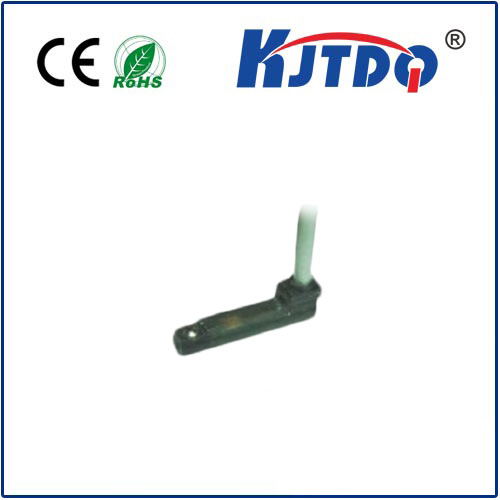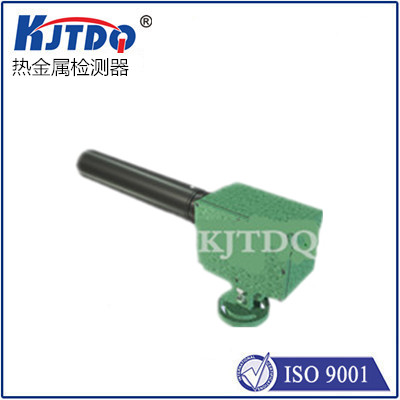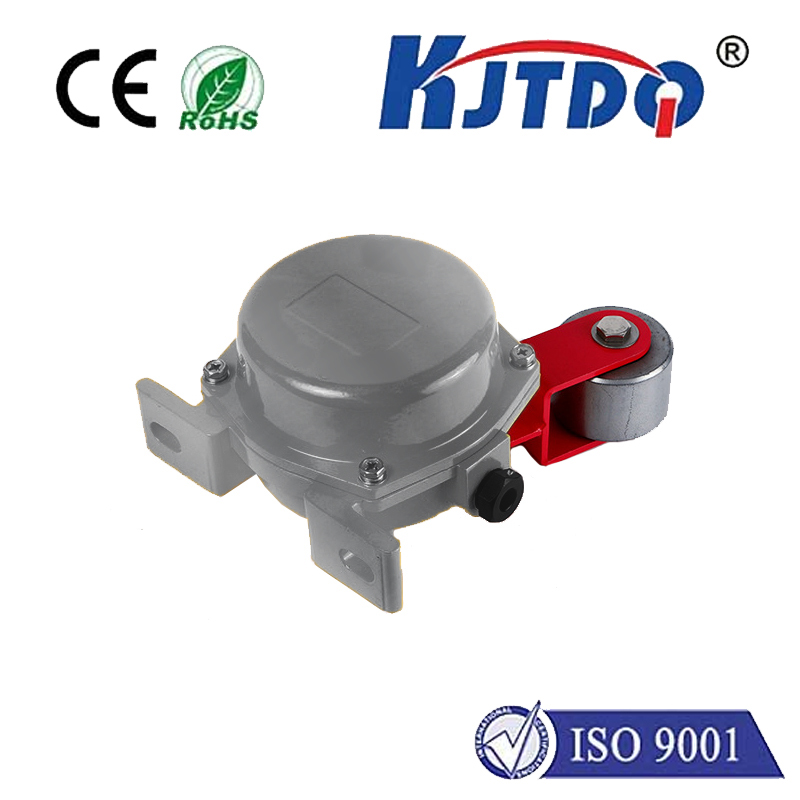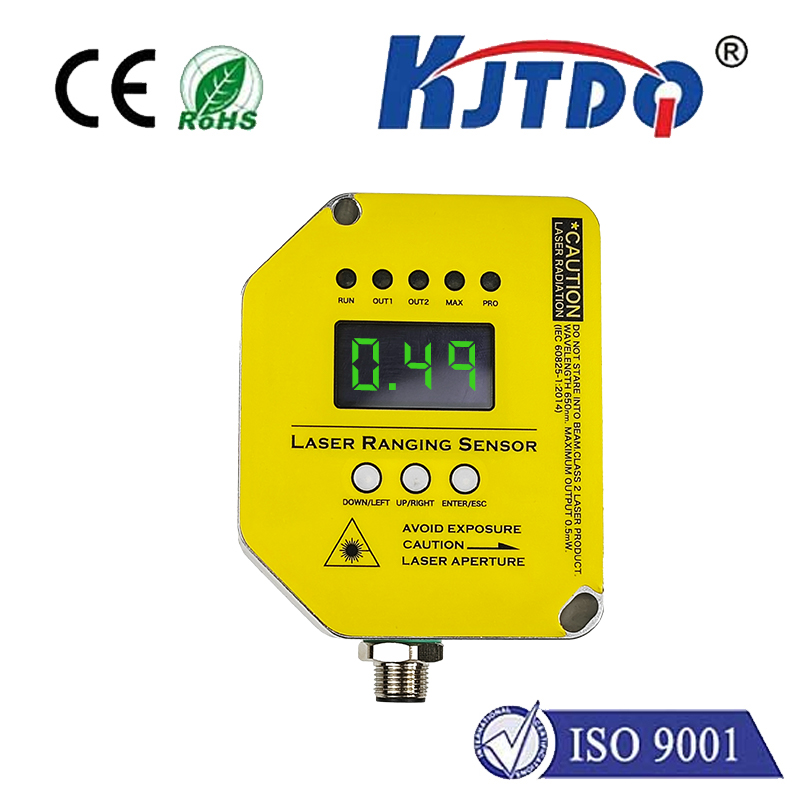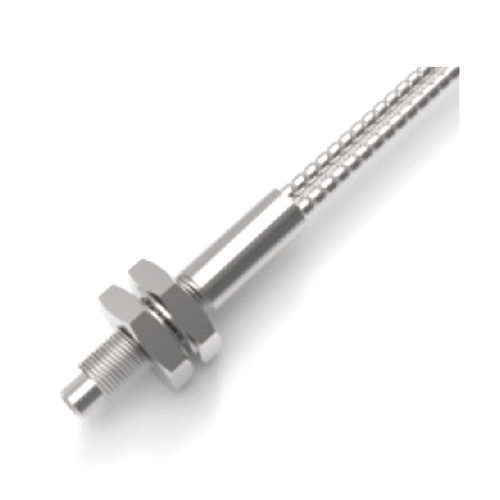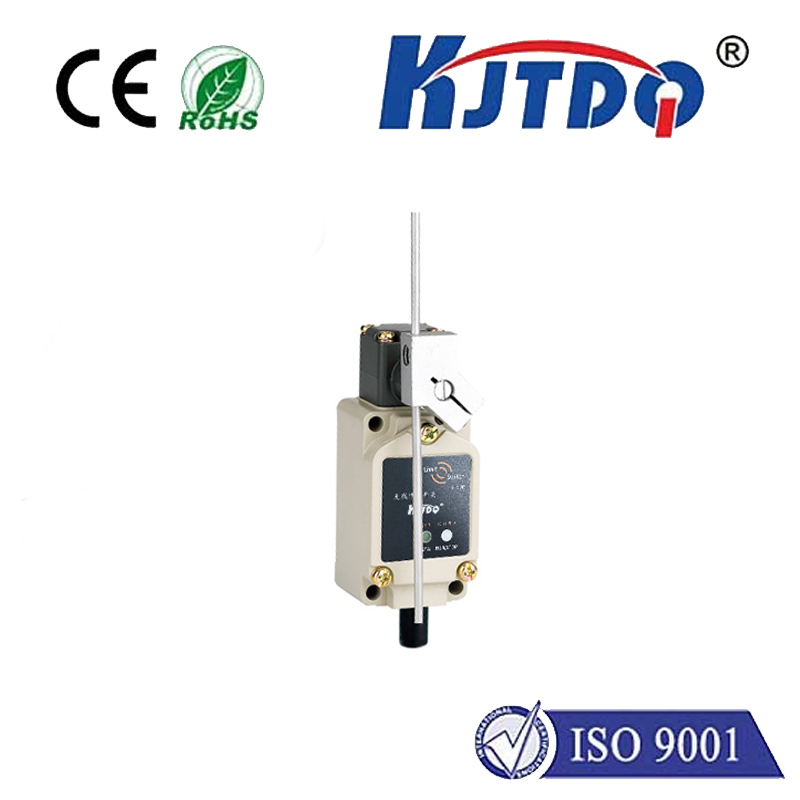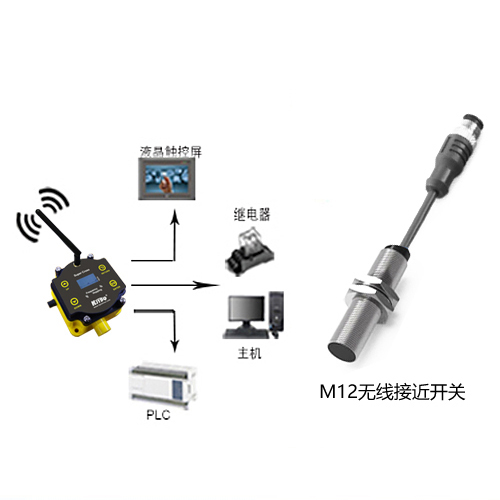door limit switch
- time:2025-08-04 09:39:36
- Click:0
Unlocking Efficiency and Safety: The Critical Role of Door Limit Switches
Imagine an industrial loading bay where automated high-speed doors constantly shuttle goods. Now picture what happens without a critical safeguard: a door slamming shut unexpectedly, risking damage to products, equipment, or worse, personnel. This scenario underscores the vital, often overlooked, role of the door limit switch. Far from being a mere component, it’s the unsung hero ensuring operational safety, precision control, and seamless automation in countless applications. Understanding its function and importance is fundamental for engineers, facility managers, and anyone relying on automated door systems.
What is a Door Limit Switch?
At its core, a door limit switch is a sensor specifically designed to detect the open and closed positions of a door. Think of it as the system’s “eyes” or “touch receptors” for the door’s movement. It’s an electro-mechanical device that precisely signals when a door has reached either its fully open or fully closed endpoint. These switches are strategically mounted within the door’s operating mechanism or frame, physically triggered by the door’s movement itself – either through direct contact or via a cam, lever arm, or rotating actuator linked to the door. This physical actuation changes the switch’s internal electrical contacts, sending a clear signal to the door’s control system: “Open position reached” or “Closed position secured.”
Core Functions: Safety and Control Interlocked

The signals generated by the door limit switch are indispensable for two primary, interconnected functions:
- Absolute Position Verification: This is the fundamental role. The controller requires confirmation that the door has stopped moving at its intended endpoint. The open limit signal tells the controller to stop powering the motor for opening; the closed limit signal does the same for closing. Without this feedback, the motor could attempt to drive the door beyond its mechanical limits, causing potential damage to the door, motor, or surrounding structure.
- Safety Interlocking: This is perhaps the most critical aspect. The closed limit switch is paramount for safety. Its signal is often directly tied into the overall machinery or facility safety circuit. When the switch confirms “door closed,” it enables other processes to proceed safely. For example:
- In an industrial oven, the heating elements can only activate once the door limit switch confirms a secure seal.
- On a loading dock, a forklift locking mechanism might only release when the door is verified closed and locked.
- Machinery with hazardous moving parts might require the door to be confirmed closed via the limit switch before power is applied. This directly prevents personnel from accessing dangerous areas while equipment is operational.
- Crucially, the absence of a “door closed” signal can prevent a moving system (like a conveyor feeding into the doorway) from starting.
Where Door Limit Switches Shine: Key Applications
You’ll find these essential devices in a vast array of settings:
- Industrial Doors and Loading Docks: High-speed rolling doors, sectional overhead doors, and dock shelters rely on limit switches for smooth, safe, and reliable opening/closing cycles, preventing over-travel damage. They interface with dock levelers and signal systems.
- Warehouse Automation: Automated storage and retrieval systems (AS/RS), conveyor systems passing through doorways, and robotic access points depend on precise door position feedback for seamless material flow and preventing collisions.
- HVAC Systems: Access doors on large air handling units (AHUs), cleanrooms, or server rooms often utilize door limit switches to ensure secure closure, maintaining critical environmental control (temperature, humidity, pressure, contamination levels).
- Elevators and Hoists: Doors at elevator landings and machine guarding access points feature limit switches to confirm closure before movement commences, a fundamental passenger safety requirement.
- Machinery Guarding: Access panels and safety gates on industrial machinery incorporate door limit switches as part of vital safety interlock systems (safety switches/door interlocks), preventing machine operation while access is possible. These are often certified to stringent safety standards like IEC 60947-5-1 or ISO 14119.
- Process Equipment: Ovens, autoclaves, furnaces, mixers, and reactors require verified door closure before high-temperature, pressure, or hazardous chemical processes begin.
Selecting the Right Door Limit Switch: Crucial Considerations
Not all limit switches are created equal, especially for critical door applications. Key factors influence selection:
- Environment: Exposure to dust, moisture, chemicals, extreme temperatures, or vibrations dictates the needed IP (Ingress Protection) rating and construction material (stainless steel, durable plastics).
- Reliability & Durability: Door switches endure frequent mechanical actuation over years. Look for components known for longevity and consistent electrical contact performance. High mechanical life ratings (e.g., millions of cycles) are essential.
- Actuator Type: The method of contact matters. Common types include:
- Plunger: Simple, compact, pushed directly by the door/cam.
- Lever Arm (Roler Lever / Fork Lever): Offers mechanical advantage, adjustable for precise positioning, handles misalignment better.
- Rotary: Often used on rotating mechanisms like rolling door drums.
- Magnetic Proximity: Non-contact sensing, useful where physical wear is a concern or in harsh environments, though requires metallic actuator.
- Electrical Ratings: Ensure the switch’s voltage and current handling capacity (AC/DC) match the control system requirements.
- Safety Certifications: For applications involving personnel protection (safety interlocks), switches must carry appropriate certifications (e.g., ISO 13849 PL, IEC 62061 SIL, Cat. performance levels). These switches incorporate features like positive opening contacts and are designed to fail-safe.
- Mounting and Adjustment: Ease of installation and precise adjustment capability are vital for accurate position detection.
Beyond the Basics: Integration and Signals
A door limit switch doesn’t operate in isolation. Its signals are fed into the door’s main controller or a Programmable Logic Controller (PLC). This central unit interprets the signals:
- Stop Command: “Open limit” reached = stop opening motor. “Closed limit” reached = stop closing motor.
- Safety Interlock Enable/Disable: “Door closed” signal = permissive to run associated processes. Loss of “door closed” signal = initiate safety shutdown.
- Status Indication: Signals often drive indicator lights (e.g., red light for door open/alarm, green for door closed/ready) or feed into facility management systems.
- Sequencing: In complex systems, door position confirmation might be a prerequisite for the next step in an automated sequence.
The Unsung Hero Deserves Attention
From preventing catastrophic damage to safeguarding human lives through critical interlocks, the door limit switch is fundamental to safe and efficient automated door operation in industrial and commercial environments. Its role in providing precise position feedback is the bedrock upon which automation reliability and safety compliance are built. Failing to specify, install, and maintain robust door limit switches isn’t just a technical oversight; it’s an operational risk and potentially a safety hazard. Recognizing their importance and implementing the right solution ensures doors operate not just automatically, but intelligently and safely, underpinning smooth workflows and protecting valuable assets and personnel. Choosing the correct type for the application, environment, and safety requirements is an investment in long-term reliability and peace of mind.






